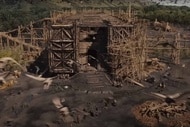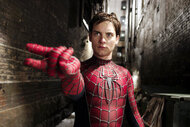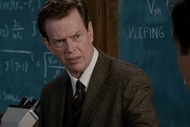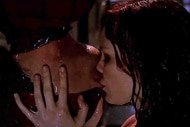Create a free profile to get unlimited access to exclusive videos, sweepstakes, and more!
Science Behind the Fiction: How to build an Elemental from Spider-Man: Far From Home
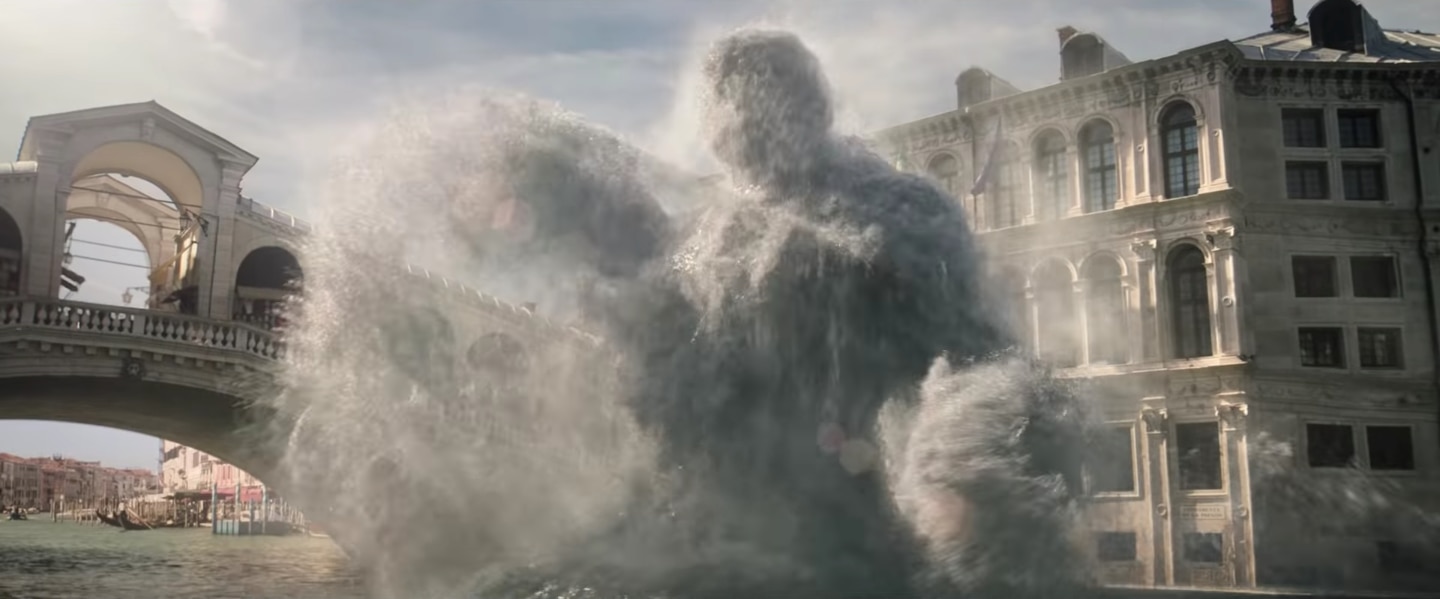
With Avengers: Endgame still fresh in our minds, Marvel Studios is back for its first post-post-snap adventure, Spider-Man: Far From Home. This latest adventure returns us to the Marvel Cinematic Universe post-snap (or blip, as it's referred to in Far From Home). Peter Parker and his friends, all of which fell victim to the blip, are closing out the school year and preparing to embark on a summer trip to Europe.
**SPOILER WARNING: This story contains spoilers for Spider-Man: Far From Home.**
As much as Peter wants a vacation from the responsibilities of being Spider-Man, trouble follows him, even on the other side of the world. When an elemental creature appears in Rome along with a new hero, Peter is pulled into the fray and forced to weigh his personal desires against saving the world.
There's a lot going on here. Elemental monsters, a hero from a parallel Earth, and the stress of high-school infatuation are enough to keep Peter on his toes, and that's before things begin to turn.
Fans of Marvel's comics have been skeptical of Quentin Beck, aka Mysterio (Jake Gyllenhaal), from the jump, and rightly so.
Far from a stranded, inter-dimensional hero, Beck is, in fact, a disgruntled former Stark employee from our own world. A reconfigured flashback scene shows Beck as the creator of B.A.R.F., the augmented reality tech Tony Stark showcases at the beginning of Captain America: Civil War. Unhappy with the way Stark presented his life's work as little more than a gimmick (and at the unfortunate naming convention), Beck, along with other unhappy former Stark employees, vows to take revenge on the late Iron Man by installing himself as Earth's mightiest hero. But first he has to manufacture a crisis, an "Avengers-level" event, which he can thwart, thus gaining for himself the adoration of the world.
Beck and co. invent a plan involving the B.A.R.F technology mounted atop coordinated swarms of weaponized drones to give the illusion of dangerous creatures, capable of real damage. Their plan is as ridiculous as it is wacky, but it's just the sort of thing people are willing to gobble up in a post-Avengers world.
Beck has no superpowers, but he does have an understanding of how truth can be twisted and the willingness to manipulate that truth. Beck weaponizes that willingness to believe for his own ends — and almost succeeds.
In some respects, Far From Home is one of the most realistic films Marvel has yet presented. But is it really possible for a real-life Mysterio to enact this dastardly plan?
HOLOGRAMS
We've been obsessed with holograms ever since a miniaturized Princess Leia popped out of R2-D2 and begged Obi-Wan Kenobi for help. The notion was further cemented as analogous to the future when a digitized shark swallowed Marty in Back to the Future Part II. Despite the fact that 2015 has come and gone, real holograms still elude us. But that's starting to change.
A number of commercial companies and research teams are working on bringing three-dimensional holographic images to life.
Daniel Smalley, an electrical engineering professor at Brigham Young University, was inspired, in an example of true synchronicity, by Tony Stark's own holograms as portrayed in Iron Man. However, Smalley is clear that his process is different than what would traditionally be considered a "hologram."
This process, called volumetric display, uses lasers to trap and manipulate a particle in the air.
The particle is illuminated and moved rapidly, creating a complex image that appears three-dimensional. No screens or additional hardware is needed. While the images created by Smalley's process are small, they can be impressively detailed. The hope is to one day create larger versions of the device that would be capable of creating larger images.
In the meantime, companies such as HYPERVSN are using an older method coupled with modern technology to achieve stunning results.
You're probably familiar with holographic images achieved by a spinning blade and an array of lights. They work by spinning an arm equipped with LED lights to display an image. The displays on offer by HYPERVSN use the same method but are capable of creating much more complex imagery, including 3D objects that move in realistic ways. More than that, it's scalable; by adding additional displays, you can create life-size images of practically anything.
The devices are cost-prohibitive and intended for commercial use. Additionally, the images are semi-transparent. While they are impressive, there's no chance of being tricked, even for a moment, into thinking you're looking at a real object. Even if they were fully realistic, Mysterio's Elementals would offer little threat when mounted to a wall. A gigantic fire-beast, no matter how convincing, isn't all that frightening when you can simply walk away (or through it).
COORDINATED DRONES
Drones, an exciting new technology not too long ago, are now a normal part of our existence. We see children flying them in our neighborhoods. You can have one deliver a package to your door. There are even competitive drone races.
While drones have become ubiquitous to the point of being available at mall kiosks and in the toy aisle of your local store, that's not all they are.
During the 2018 Winter Olympics, Intel broadcast a pre-recorded performance of more than 1,200 drones flying in synchronized formations, creating floating three-dimensional images. The stunt earned the company a Guinness World Record and stunned watchers.
The drones were controlled by a central computer and programmed in advance, but, more recently, scientists have taught drones how to maneuver in their own self-determined flocking patterns.
One can imagine how some combination of these efforts could result in the types of behavior we see Mysterio using in Far From Home: semi-autonomous craft taking orders from a central locale and working together to create an image.
Mysterio's plan hinges on only a few key elements: coordinated craft equipped with image projectors and weapons and the willingness of onlookers to believe what they're seeing. While the events of Far From Home are far-fetched and fantastic in nature, the requisite elements are not far off.
As technology continues to improve on these fronts, we'd benefit from keeping our wits about us. Either that or keep our fingers crossed for a web-slinging kid from Queens to save us from ourselves.
Spider-Man: Far From Home is now in theaters.


